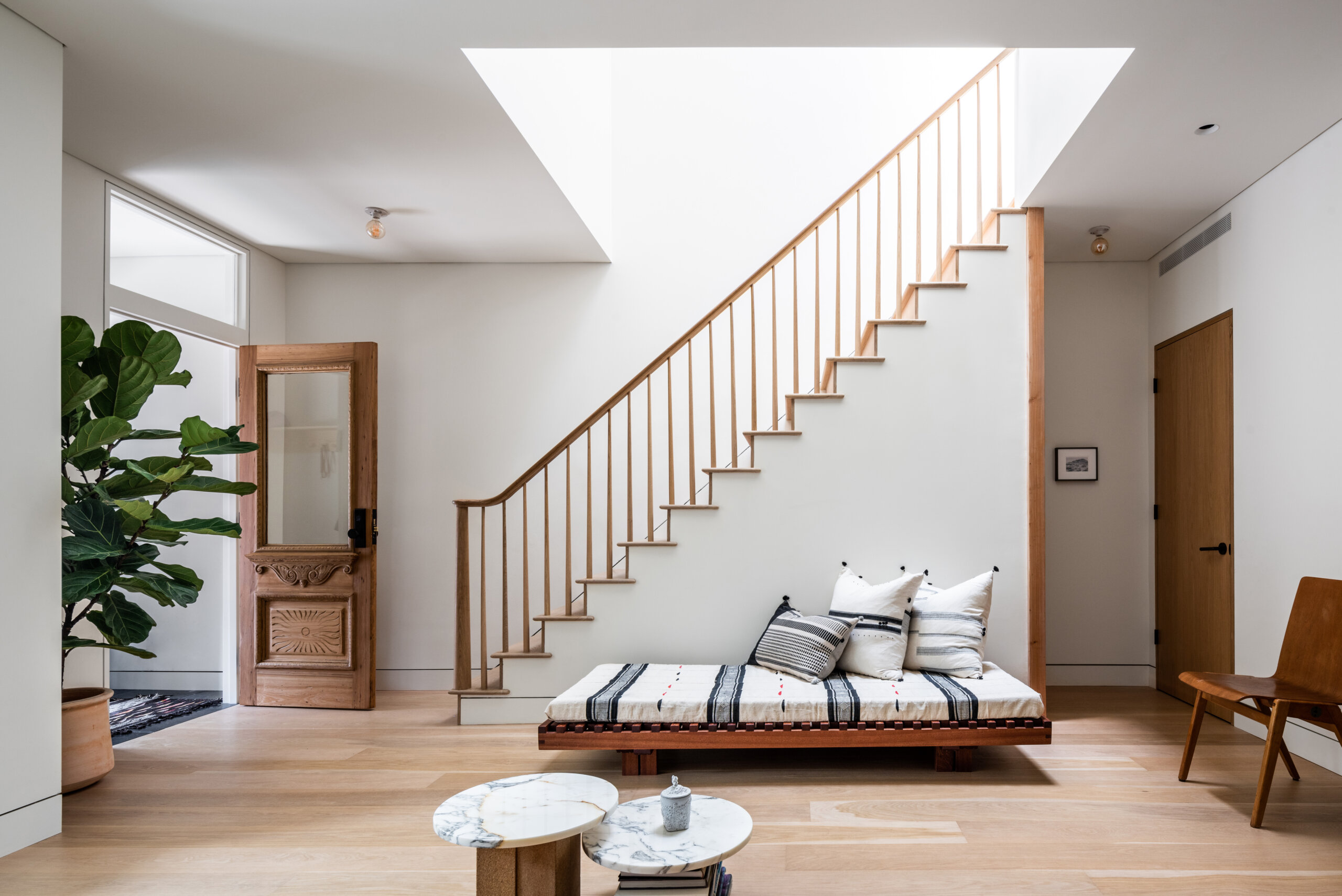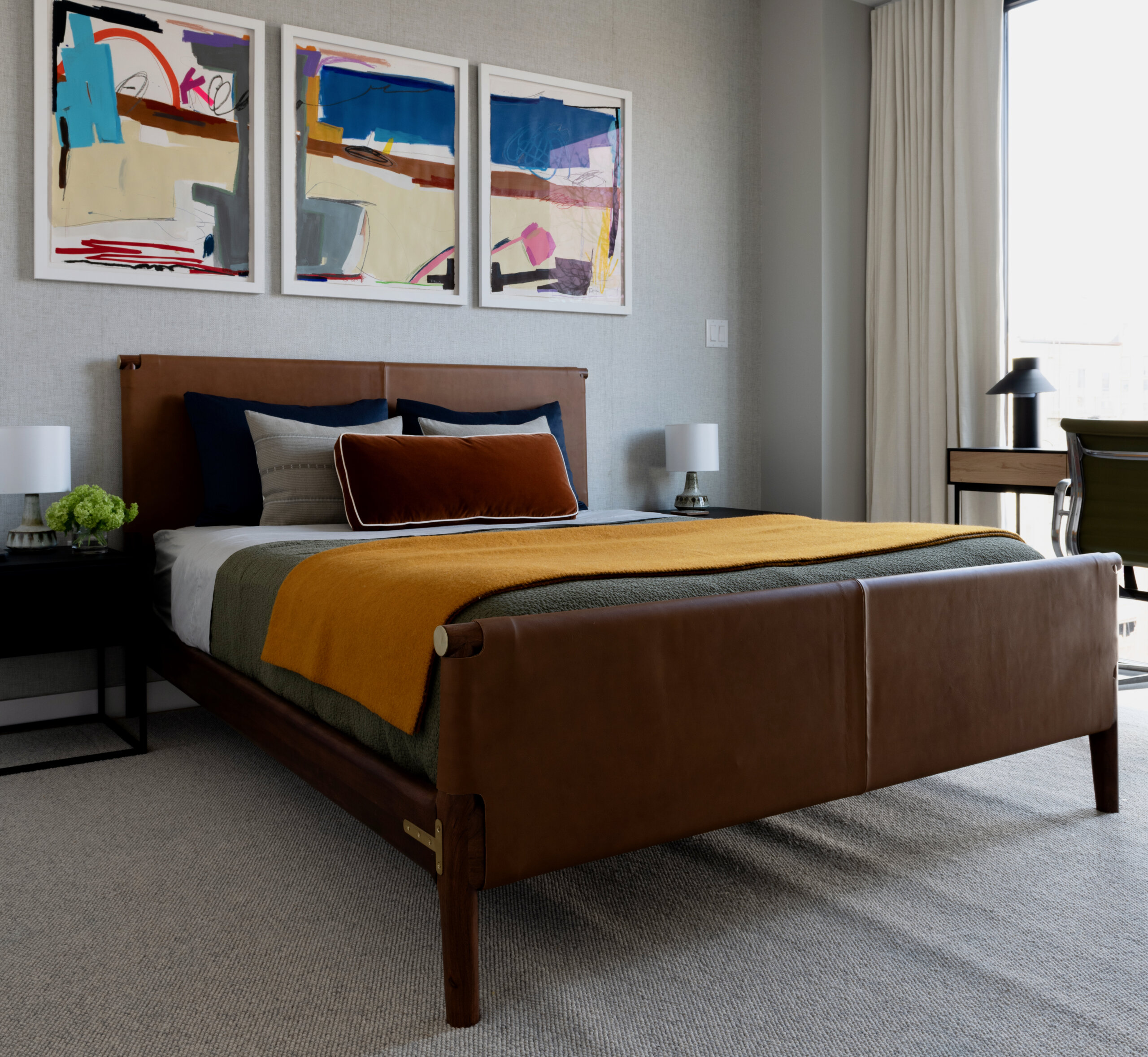Building of the Day: 139 Huron Street
Brooklyn, one building at a time. Name: Huron Street Public Bath, now artisans’ studios Address: 139 Huron Street Cross Streets: Franklin Street and Manhattan Avenue Neighborhood: Greenpoint Year Built: 1903 Architectural Style: Neo-Classical Architect: Louis H. Voss Other Buildings by architect: Pitkin and Montrose Avenue bathhouses; 68th Precinct House on Avenue U; houses, factories and other…

Brooklyn, one building at a time.
Name: Huron Street Public Bath, now artisans’ studios
Address: 139 Huron Street
Cross Streets: Franklin Street and Manhattan Avenue
Neighborhood: Greenpoint
Year Built: 1903
Architectural Style: Neo-Classical
Architect: Louis H. Voss
Other Buildings by architect: Pitkin and Montrose Avenue bathhouses; 68th Precinct House on Avenue U; houses, factories and other buildings across Brooklyn
Landmarked: No
The story: We roll out of bed in the morning and head for the shower or bath without thinking today. Most of us have been doing it since we could be trusted in the bathroom alone. It’s hard to imagine living in Brooklyn, or anywhere, where bathing facilities are not convenient, let alone a little bit luxurious. But 100 and some years ago, that was not the case.
Until the tenement building codes changed in the early 20th century, landlords were not required to provide bathing facilities in every apartment. Those better off in private houses had hot water, bathrooms and indoor plumbing, but not so the poor in the city’s worst tenements. Many were still using privies and chamber pots, and washing up in water they brought inside from a common pump. Tenement laws in the late 19th century had mandated some indoor plumbing, but that didn’t mean slumlords jumped to provide it. So where was one to bathe?
Public health officials realized after the Civil War that regular bathing helped tremendously to stem the spread of disease, as well as improve quality of life. But it wasn’t until the mass immigration of the turn of the 20th century that anyone actually did anything about it on a civic level. By that time, the idea was that cleanliness was a part of good citizenship, and clean poor people would work harder to get out of poverty. This was part of the same City Beautiful philosophies that also argued that beautiful buildings inspired the poor to good habits of thrift and industry.
Someone had the idea to build public bathhouses in immigrant and poor neighborhoods, modelling them on the public baths of ancient Rome. The Albany Legislature passed a law mandating public baths in large municipalities across NY state in 1895, but local politicians in NYC didn’t feel the need to spend the money on that right away, so the first municipal public bath in New York City was not built until 1901. It was on Rivington Street, on the Lower East Side.
Here in Brooklyn, the editorial cry for public baths went out from the Brooklyn Eagle. In April of 1902, they wrote: “We shall never have a beautiful city till we have a clean city, and the city will never be clean when masses of its inhabitants are dirty.” The editorial went on to urge the city to “build baths, big ones, handsome ones, and in every crowded quarter of the town.” The first public baths were built in 1903. By 1915, there were six, one on Hicks Street, Pitkin Avenue, Montrose Avenue, Duffield Street, Wilson Avenue and Huron Street, in Greenpoint.
In part because of the City Beautiful Movement, as well as the early 20th century mindset of great looking and important civic architecture, the bathhouses of New York City are simply beautiful. They were designed by some of the city’s most important architects, who spared no talent in making them quite impressive. The Huron Street bathhouse was designed by Louis H. Voss, a Brooklyn architect with offices at 65 DeKalb Avenue. He also designed the Pitkin Avenue and Montrose Avenue bathhouses.
Voss had a number of civic contracts, and also designed the 68th Street Precinct house at Avenue U and 15th Street. He is the architect of record for houses, factories, and civic buildings across the borough. He also partnered with Peter J. Lauritzen for many years, and they collaborated on several projects together. Voss’ design for this bath is similar to the one he did on Pitkin Avenue, only there he used a mixture of red brick and limestone.
Keeping with the Greco-Roman theme that many bath houses had, this one has classical columns, Roman wreaths, and a running Greek key motif as ornament. The original façade had an entrance to the facilities for women on the left, and men on the right, with another central entrance in the middle to the offices and public spaces. Inside, the separate bathing facilities had locker and changing rooms, restrooms, baths and public showers for both men and women.
The Huron Street Public Bath was New York City’s longest lasting public bath. Most baths had closed well before World War II, and many of their facilities had been incorporated into public parks. The Huron Street bathhouse closed in 1959. The city tried to sell the building, but no one wanted it. It was purchased at a city auction in 1964 for $17,500 by Arthur Jochnowitz, who turned it into a warehouse. Jochnowitz bought it in part because of the memories. His grandfather, his father and he had used the baths back in “old days,” he told the NY Times in 1964.
He may have had fond memories of the building, but Jochnowitz, or his successors, did not do the building proud. The ornate cornice was torn down, and the entrances were cemented in. A small security door was placed where the men’s entrance was, and the women’s entrance was turned into a loading dock. Above, the group of three large windows was also filled in to accommodate smaller windows.
Today, a group of artisans and artists are ensconced in the building. They make furniture and other cool things. It would be great if they could restore the fenestration and open up the original entrances. Restoring the cornice would also warm the hearts of preservationists everywhere.
(Photograph: Christopher Bride for PropertyShark)













This building would bring real memories to my mother and my Aunt Helen. They grew up in a tenement on Eckford St. between Calyer St. and Greenpoint Ave. that only featured a water closet that was shared by the two apartments on that floor. That meant that they had to use the facilities of the Huron Street bath house. I believe they showered at the bath house until the early 1940’s when they moved to an apartment that actually had its own full bathroom. (I wonder when – or even if – the old Eckford St. tenement converted to a real bathroom.)
By the way, the Jachnowitz noted in your article owned a furniture store nearby on Manhattan Ave. Its old sign still exists eventhough the store does not. (Despite his architectual limitations, I remember him as being a pretty good guy.)
Thanks again for a terrific piece.